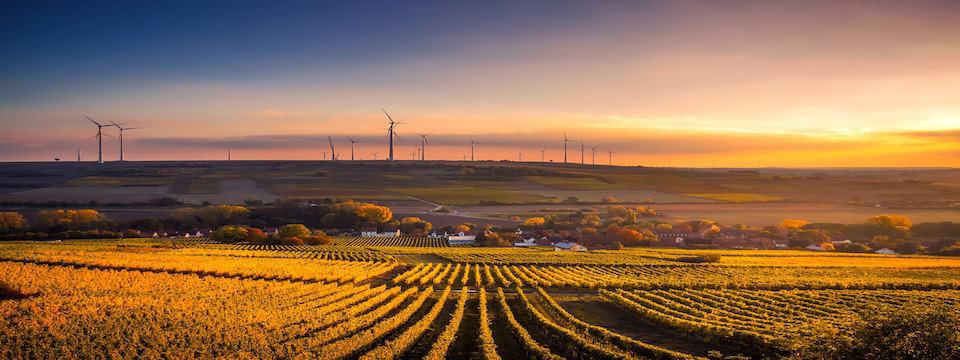The Gironde Estuary is located in south-western France formed at the point where the Garonne and Dordogne Rivers meet, and is an entry point to the city of Bordeaux. This is an area of fine wines: Blaye, Pauillac, Saint-Estèphe and Médoc to name a few. 75km long, the Gironde flows through around 40 ports located in the ancient marshlands, where the main industries are sailing and fishing.
Gironde Estuary
The Gironde estuary in western France is the largest in France and is formed by the confluence of the Garonne and Dordogne rivers near the Bay of Biscay. 6 miles. It is divided by small islands and mud banks into an eastern and a western channel. At the mouth of the estuary stands a famous lighthouse, the Phare de Cordouan, built in 1585 and enlarged in the 18th century. Ports on the estuary include Blaye with its magnificent citadel and Pauillac with its famous vineyards.
Garonne River
The Garonne is 602 km (341 miles) long, rising in the Spanish Pyrenees and flowing into the Gironde estuary. It plays an important role in inland shipping allowing seagoing vessels to reach the port of Bordeaux and forming part of the “Canal des Deux Mers”, linking the Mediterranean Sea to the Bay of Biscay. The Garonne remains navigable for larger vessels up to the “Pont de Pierre” (Stone Bridge) in Bordeaux. River vessels can sail upstream to Castets-en-Dorthe, where the Canal de Garonne joins the river at Castets-en-Dorthe. This canal leads to Toulouse and forms part of the Canal des Deux Mers which extends for 370 miles from Bordeaux to Sete.
Dordogne River
The Dordogne rises in the mountains of Auvergne and flows generally west about 500 km through the Limousin and Périgord regions before entering the Gironde estuary. It is one of the few rivers in the world that exhibits the phenomenon known as a tidal bore. Below Argentat and around Beaulieu-sur-Dordogne, the valley widens to fertile farmland and orchards. Historic towns provide quaysides which are lined with restaurants and bars. In Périgord, the valley widens further to encompass one of France’s main gastronomic regions, with vineyards, poultry farms and truffle-rich woodlands. Libourne is the wine-making capital of northern Gironde and lies near Saint Emilion and Pomerol at the confluence of the Isle and Dordogne rivers.


